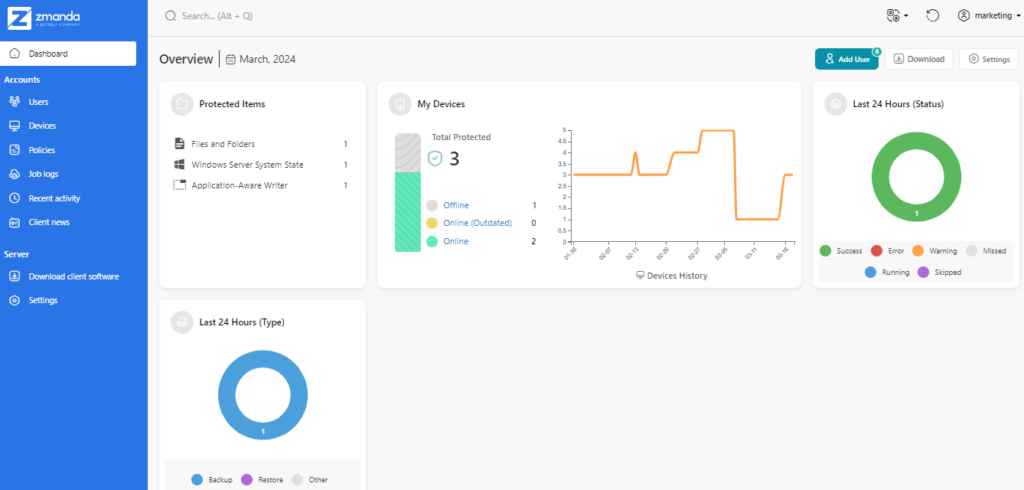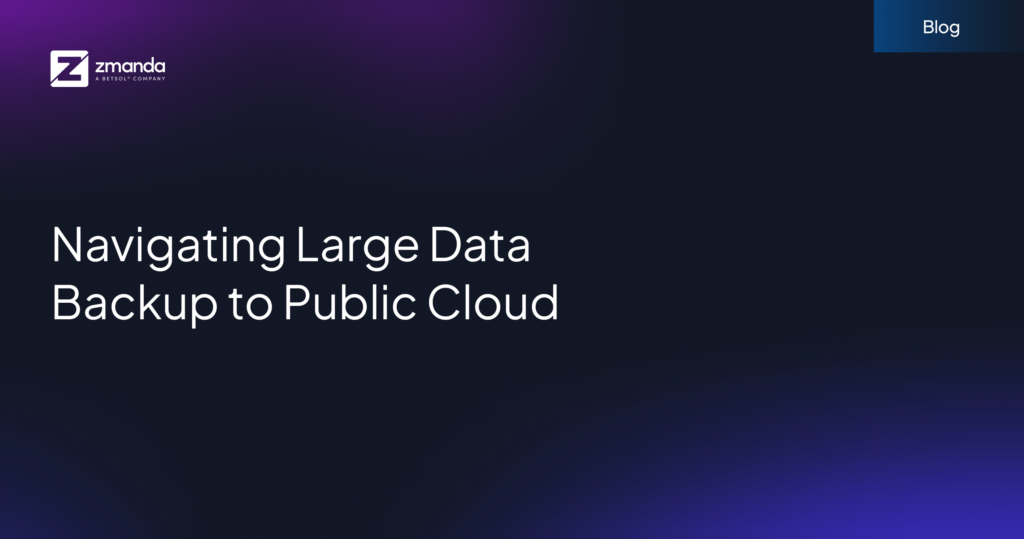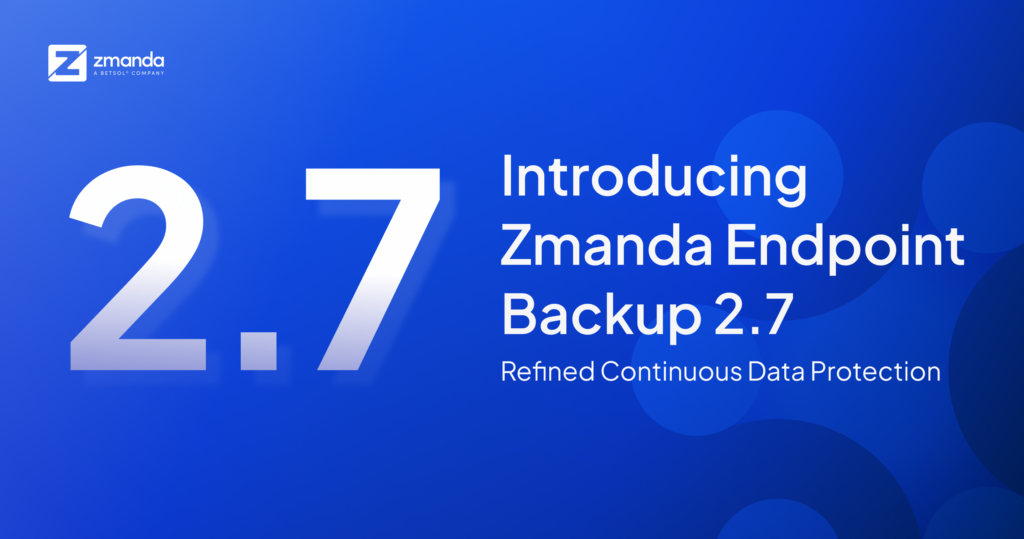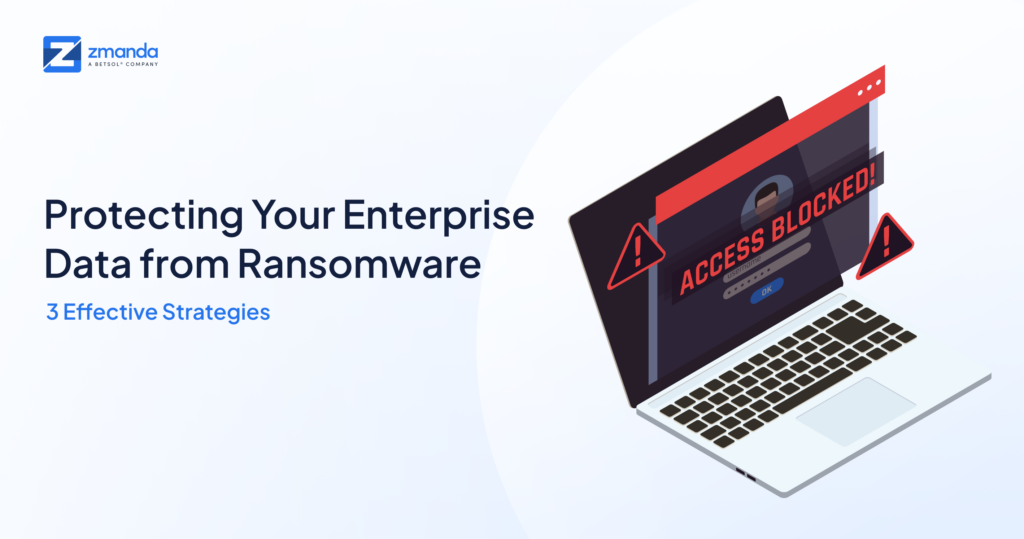
Introduction
Ever experienced that heart-stopping moment when your server throws a tantrum and your entire work environment goes dark? In the ensuing chaos, two crucial metrics come into play: 1) how quickly you can back up your systems (RTO) and 2) how much data you can afford to lose (RPO). These are the unsung heroes of disaster recovery, telling you how quickly you can back up your systems and how much data you can afford to lose.
Every business is susceptible to unforeseen events like power outages, cyberattacks, or natural disasters. These events can significantly impact operations. Disaster Recovery (DR) is your organization’s strategic approach to ensuring a swift and efficient recovery from such disruptions. For instance, consider a data center outage impacting your customer service operations. Understanding your RTO and RPO in this scenario becomes essential.
Think of them as the dance partners in your disaster recovery tango. Imagine a misstep – a server outage during peak hours. According to E-N Computers, such stumbles can cost SMBs a staggering $1,670 per minute, translating to roughly $100,000 lost every hour. You wouldn’t want to go to the ball unprepared, right? So, ditch the guesswork and join us as we explore the challenges and strategies to master your RTO and RPO, ensuring you emerge from any disaster unscathed, operating with grace and efficiency.
Understanding the Stakes in RTO and RPO:
Before delving into challenges, let’s grasp the essence of RTO and RPO:
- Recovery Time Objective (RTO): This metric denotes the maximum acceptable downtime for restoring systems and applications after an outage. It defines the time within which normal operations must resume to avoid significant consequences.

Recovery Point Objective (RPO): RPO signifies the maximum tolerable data loss an organization can endure following a disruption. It tells you how far back in time your backups need to go to keep your business running smoothly after a problem.

Want to know the nitty-gritty of RTO and RPO? This blog has you covered.
Common Challenges in Meeting RTO and RPO Requirements
The pressure to recover quickly can lead to overlooking crucial steps or compromising data. Complex data management, inadequate planning, and limited resources further hinder swift and comprehensive recovery. Failing to meet these objectives translates to extended downtime, potentially causing financial losses, SLA breaches, and even permanent data loss, severely impacting business continuity and reputation.
Let’s delve into some of the common hurdles organizations face in ensuring swift recovery and minimal data loss:
- Insufficient resources and technology: Recovering quickly and with minimal data loss requires the right tools and up-to-date systems. Think of it like having the right equipment and knowledge to fix something quickly. Older systems might be slow and outdated, making it harder to get things back online fast.
- Ever-increasing data: As the amount of data grows, figuring out what’s important to recover and how to do it fast becomes more complex. Imagine having a huge messy room – it takes longer to find what you need. Without a clear plan for managing data, it can take longer to recover from an outage.
- Unplanned DR: Imagine being caught in a storm without an umbrella! Many organizations don’t plan well for disasters until it’s too late. Without a good plan, it’s hard to meet RTOs and RPOs. Which can lead to longer downtimes and more data loss during crises.
- Data security concerns: Finding the right balance between security and speed is a challenge. Keeping data safe is important, but it shouldn’t slow down recovery efforts too much. Organizations must protect data while it’s being moved and stored, without slowing down recovery processes.
- Budgetary constraints: Building a good disaster recovery system requires investment in tools, people, and training. Just like any project, there’s a cost involved. Tight budgets can force organizations to make compromises that might affect how quickly they can recover or how much data they can save.
Strategies to Overcome Challenges in RTO and RPO
Whether you’re a seasoned pro or just finding your footing, we’ve got the steps to help you navigate through the challenges and emerge as a disaster recovery maestro.
- Prioritize data classification and management: Implement robust data classification frameworks to identify and prioritize critical data assets. This is like labeling the important tools in your toolbox. Use data compression to save space and replication to make copies of your data in different locations. This helps ensure you have backups readily available.
- Develop comprehensive disaster recovery plans: Collaborate with stakeholders across departments to develop comprehensive disaster recovery plans tailored to the organization’s unique requirements. The plan should outline clear roles and responsibilities for personnel, establish communication protocols to ensure seamless information flow during a crisis and define comprehensive backup and recovery strategies tailored to different scenarios. Regularly test and refine recovery procedures. Simulations expose weaknesses, allowing you to refine procedures, communication channels, and recovery steps. This continuous improvement cycle strengthens your disaster response, minimizing downtime and ensuring swift recovery in the face of disruption.
- Implement multi-layered security measures: Use a multi-layered approach to keep your data safe. This includes things like encryption (scrambling data so that even if someone steals it, they can’t read it), access controls (limiting who can access your data), and intrusion detection systems (like alarms for your data). This helps prevent unauthorized access and data breaches.

- Invest in modern infrastructure: Newer technology like cloud storage, virtual systems, and automatic backups can make disaster recovery faster and easier to manage. Think of it like having a well-equipped toolbox for emergencies. Cloud storage gives you more space and flexibility at a lower cost, while virtual systems and automatic backups help get things back up and running quickly with minimal downtime.
- Allocate adequate budget for disaster recovery: Recognize disaster recovery as a critical component of business. Allocate a reasonable budget for it, considering it an investment in your company’s resilience. Focus on solutions that fit your specific needs and risk tolerance – you don’t need the most expensive option, just one that effectively protects your data.
- Outsourcing expertise: Sometimes, determining the right RPO and RTO for your company can be complex. Outsourcing this task to data recovery experts can streamline the process and ensure accuracy. Companies like ours specialize in assessing your needs, identifying the optimal RPO and RTO, and recommending tailored disaster recovery solutions. Talk to a data expert to explore your options and safeguard your business effectively.
Budget Considerations while Outsourcing Disaster Recovery Expertise
As we mentioned, determining the right Recovery Point Objective (RPO) and Recovery Time Objective (RTO) can be a complex task. Budget limitations are a common reason business choose to outsource disaster recovery. Understanding the various cost components involved is crucial for making informed decisions.
Disaster Recovery Budget Breakdown
Here’s a detailed breakdown of all the components where finances come into play, along with some hidden costs to consider:
Primary Budget Components:
- Software Licensing: This is a major cost factor. You’ll need software for backup, replication (keeping copies in sync), and recovery software licenses are crucial. Costs vary based on features, data volume, and the number of licenses required.
Consider subscription models, perpetual licenses, and potential volume discounts for large datasets. - Hardware: Depending on your chosen strategy, you might need:
- On-premise Hardware: Physical servers and storage devices for local backups. This comes with upfront costs for equipment and ongoing maintenance expenses for power, cooling, and potential hardware upgrades.
- Cloud Storage: Cloud storage services offer a subscription model with monthly or annual fees based on the storage space needed. Consider data egress fees (charges for transferring data out of the cloud) if your recovery process involves downloading large datasets.
- Personnel:Disaster recovery requires skilled personnel. This could involve:
- Internal Training: Training your IT team on DR procedures adds internal labor costs for training and staff time dedicated to learning and implementing the plan.
- External Services: Hiring a Managed Service Provider (MSP) for DR expertise comes with ongoing service fees. This can be beneficial for companies lacking internal DR expertise.
Hidden Costs to Consider:
- Downtime: While DR aims to minimize downtime, even a short outage can cost money. Consider lost productivity, revenue, and potential customer dissatisfaction.
- Data Loss: Data loss can have financial implications beyond recovery costs. Regulations in certain industries might impose fines for non-compliance with data security regulations.
- Network & Data Transfer: Backing up data to a remote location can incur network bandwidth costs, especially for frequent backups of large data volumes. Explore network optimization techniques or consider tiered storage solutions with varying speeds and costs.
- Testing & Training: Regularly testing your DR plan is crucial to ensure it works. This involves personnel time to simulate disaster scenarios and may require additional hardware resources depending on the complexity of the tests.
Additional Considerations:
- Scalability: Factor in the growth potential of your business. You might need additional software licenses, storage space, or hardware upgrades to scale your DR solution effectively.
- Compliance Requirements: Data security regulations in some industries might dictate specific data backup and recovery protocols, impacting your DR strategy and budget. Research and understand your industry’s compliance requirements.
While DR requires an initial investment, it’s a safeguard against potentially devastating financial losses from downtime and data loss. By being aware of all the budget components and hidden costs, you can make informed decisions when allocating resources for disaster recovery.
Now that you have a clear picture of the costs involved, it’s important to choose a disaster recovery partner wisely.
Why Choose Zmanda as your Disaster Recovery Partner?
Zmanda’s comprehensive backup and recovery software goes beyond data protection, offering a robust disaster recovery solution. This ensures minimal downtime and maximizes your investment. Here’s what you’ll get:
- Sub-one-hour RTO and near-zero RPO: Achieving a sub-one-hour Recovery Time Objective (RTO) is transformative for your business, ensuring swift restoration of operations in the event of an outage. Coupled with a near-zero Recovery Point Objective (RPO), which minimizes data loss, disruptions become minor inconveniences rather than disasters. With both RTO and RPO optimized, your business can maintain operations seamlessly, safeguarding your reputation and ensuring uninterrupted service for your customers.
- Tailored solutions: Zmanda knows that one-size-fits-all approaches rarely work. With Zmanda we understand your unique requirements and tailor solutions to optimize your RTO and RPO goals. Zmanda seamlessly integrates with modern technologies like cloud storage and virtual systems, leveraging their flexibility and scalability to streamline your disaster recovery processes.
- High-security features: Zmanda prioritizes data security without compromising recovery speeds. With our multi-layered security measures by providing tailored notifications about the status of backup and restore jobs via email or webhook integrations, including encryption and access controls, your critical information remains safeguarded throughout the backup and storage processes.

Cut your TCO by half: Traditional disaster recovery solutions can be a budget burden. Zmanda offers a more cost-effective approach, potentially reducing your Total Cost of Ownership (TCO) by up to 50% compared to competitorshttps://www.zmanda.c…. Our Zmanda One pricing model lets you pay only for what you use, optimizing your investment with smart storage management. Forever-incremental backups minimize data transfer and storage costs by backing up only changed blocks, while client-side deduplication and compression reduce storage expenses and network load. This direct approach ensures efficient and cost-effective backups tailored to your needs.

Conclusion
Don’t wait for disaster to strike. Proactive planning is key to meeting your RTOs and RPOs. Modern technology, strong security, and a focus on data management are the cornerstones of a resilient business. Implement robust disaster recovery strategies and allocate adequate resources to ensure business continuity. Ready to take the lead in your disaster recovery tango? We offer a free DR strategy consultation with a data expert. They’ll assess your specific needs and help you craft a customized plan to minimize downtime and data loss.
Want to experience the power of Zmanda firsthand? Start your Free Trial today: Zmanda Pro


